4 Types of Running Shoes: From Most Supportive to Least
There are various types of running shoes on the market that serve different purposes. These types of running shoes range from most supportive to least supportive. In this blog, we’re going to look at the four main types of running shoes and where they rank from most to least supportive.
Motion-Control
Motion-control running shoes are by far the most supportive pair of running shoes you can own. The reason for this is that they have almost every great asset that a supportive pair of running shoes should have. Motion control running shoes typically have a firm piece of foam within the inner midsole as well as maximum arch support. These features within a running shoe are great at combating overpronation. If you’re looking to invest in a pair of running shoes that has it all (specifically support) then motion-control running shoes are your best bet.
Stability
It’s fair to assume that stability running shoes would be on top of the list of most supportive running shoes. Although not at the top, they are next on the list. This is because although they provide stability to the runner, they aren’t able to help runners that have intense overpronation. This type of running shoe is great for runners with less severe overpronation.
Neutral
This style of running shoe is for the runner that doesn’t overpronate. Neutral running shoes are typically lighter and provide most of the cushioning in the heel. Neutral running shoes are best suited for neutral runners and underpronators. This style of running shoe encourages runners to run in a more neutral position when it hits the ground.
It’s recommended that if you overpronate, this type of running shoe should be avoided as you will feel pain because neutral running shoes don’t provide adequate support for this pronation style.
Minimalist
Minimalist running shoes are the simplest running shoes you can buy, as well as the least supportive. Minimalistic running shoes are made to feel as if you’re running barefoot, which means that these shoes are lightweight. Although many runners may enjoy the minimalist approach to running shoes, they do not provide enough cushioning to prevent injuries in the long run. These shoes are great for a lightweight run but not necessarily the preferred choice when looking for a supportive running shoe.
Conclusion
Every style of running shoe provides something completely unique and different. It’s important that runners take the time to familiarize themselves with the different types of running shoes to be able to make the best choice of running shoes that will best suit them.

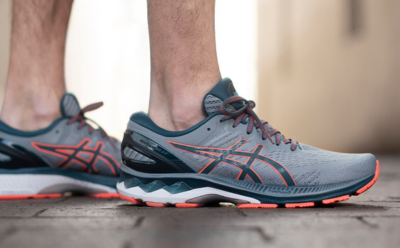
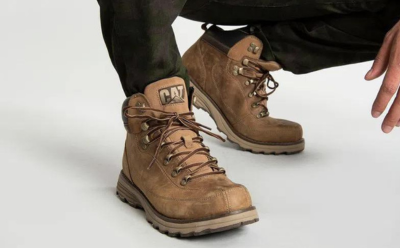
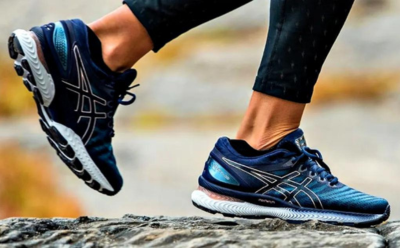
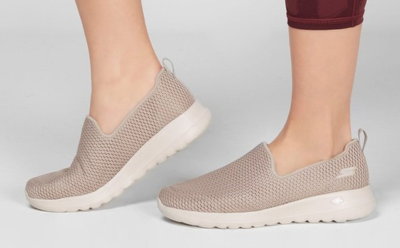


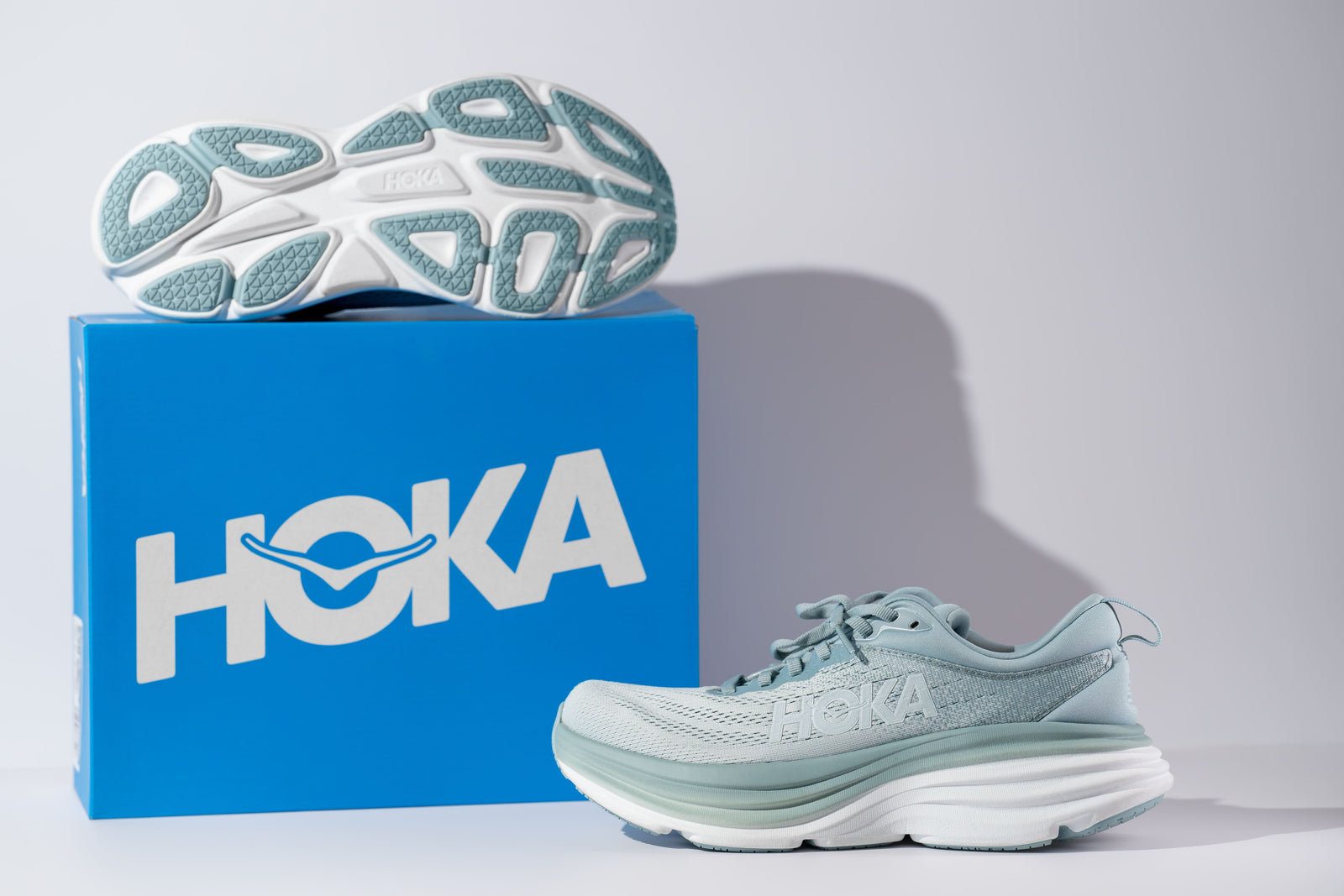
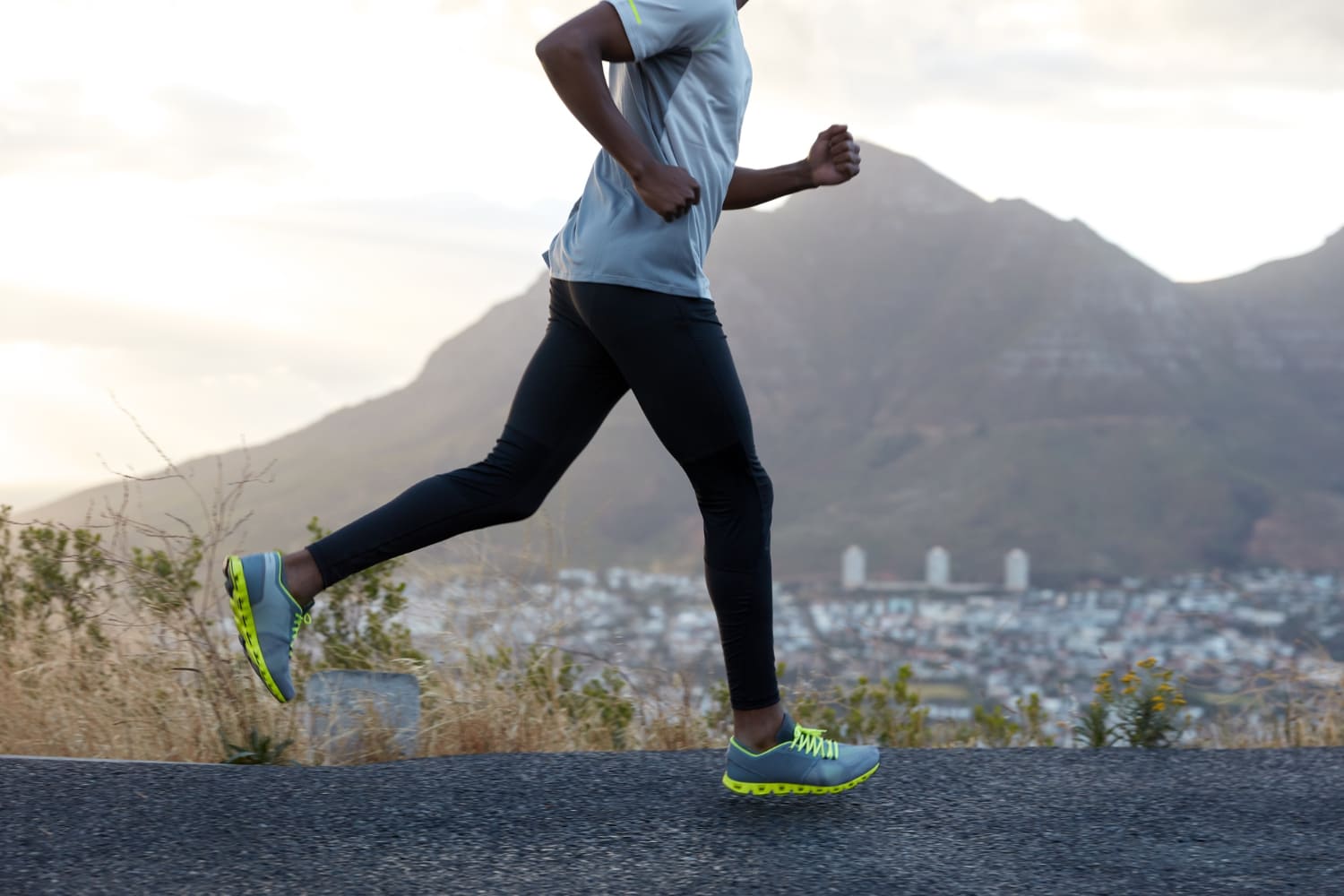
Leave a comment (all fields required)